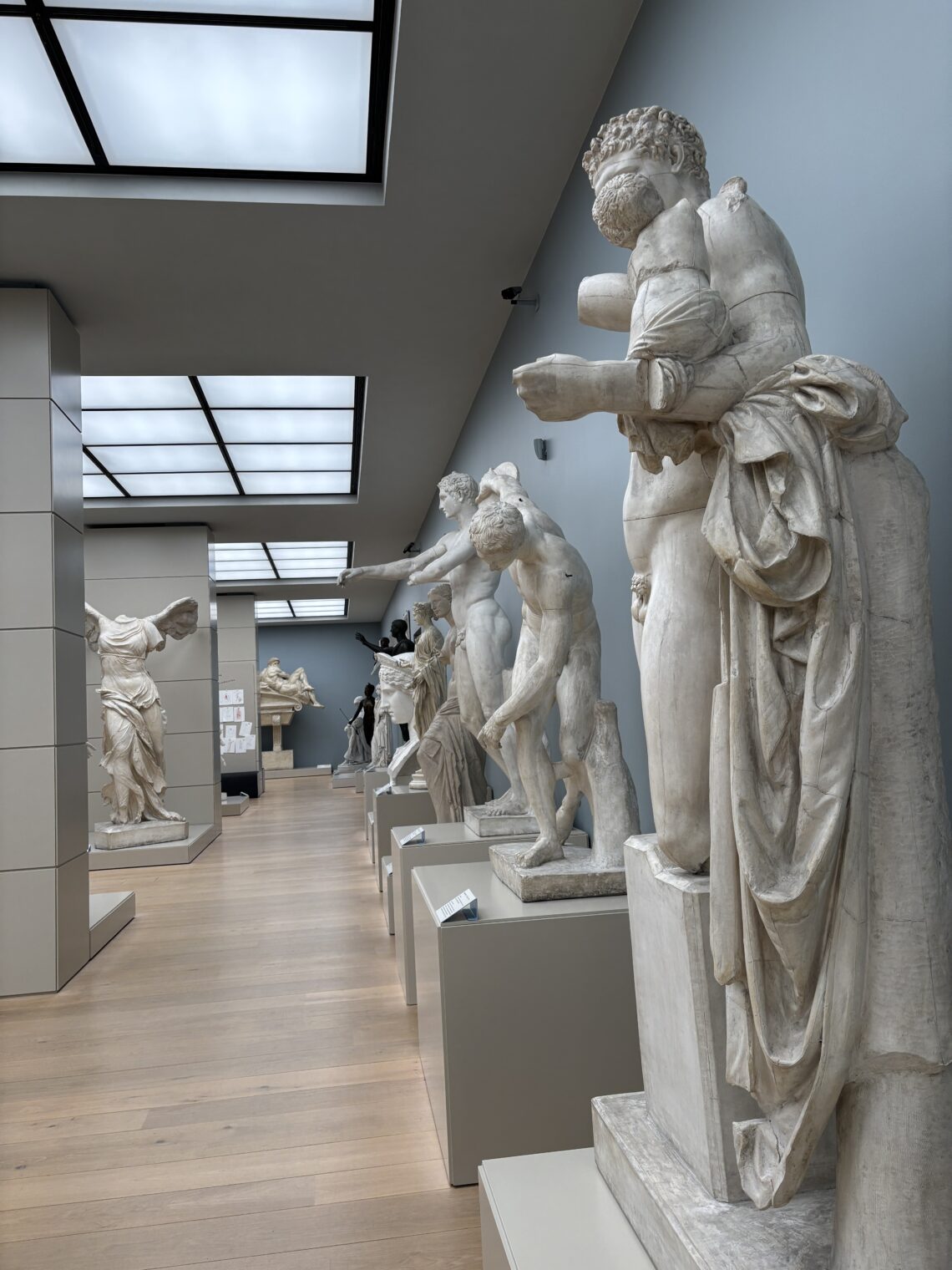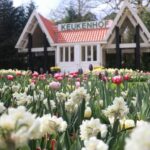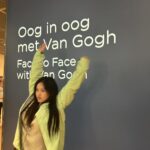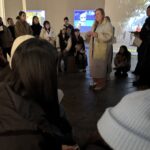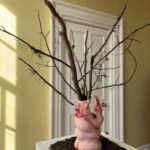Oslo National Museum Visit and the Spatialization of Emotional Narratives——From The Scream to Curatorial Practice: Spatial Reconstruction of Emotional Resonance
1. Curatorial Power and the Deconstruction of “Sanctified” Spaces
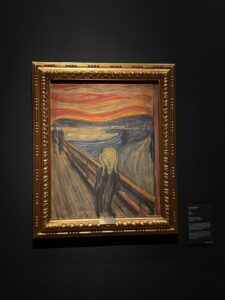
At the Oslo National Museum, The Scream is exhibited in an isolated, spotlighted gallery, surrounded by other artworks. A bench and a pile of LEGO bricks are placed at the center, ostensibly inviting interaction. This spatial arrangement resonates with Terry Smith’s notion of the exhibition as an “affective field,” where curatorial decisions guide emotional responses and mediate the viewer’s experience (Smith 2012). Here, the isolation of the painting amplifies its tragic resonance, but also establishes a hierarchical structure of viewing—positioning the audience as passive observers and the artwork as an untouchable relic. The spotlight further sanctifies The Scream, transforming it into an altar-like object of reverence.
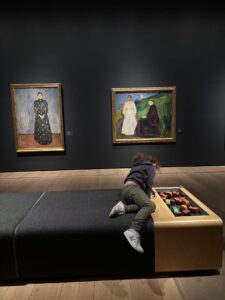
Adam mentioned in my blog feedback the question of how to attract the audience when interacting with them and what to do to increase their participation—I have reconsidered the implications of such spatial designs. While the inclusion of LEGO bricks might seem to encourage play or creativity, their placement within a rigidly structured and emotionally charged space ultimately reduces them to mere decorative props. They fail to facilitate genuine interaction, becoming instead symbolic gestures within a tightly controlled curatorial narrative. As such, this method will not be adopted in my own exhibition. I do not wish for the audience to remain external to the curatorial narrative, as passive recipients of meaning
Ana Bilbao Yarto critiques this kind of spatial power dynamic, arguing that traditional museums often reinforce curatorial authority through spatial design—such as linear pathways and unilateral storytelling—thereby marginalizing the subjective experiences of individual viewers (Bilbao Yarto 2021). Although The Scream’s isolated display heightens its atmosphere of existential anxiety, it simultaneously inhibits dialogical engagement. The tension between the supposed openness of interactive elements and the rigidity of the space reveals a paradox: exhibitions that claim to be inclusive often remain exclusionary, promoting education while subtly enforcing discipline.
In contrast, my curatorial approach seeks to dismantle this hierarchical spatiality by employing decentralized strategies that invite co-authorship. Rather than treating viewers as detached spectators, my exhibition will encourage them to engage with the works as active participants—co-constructing narratives and reimagining emotional resonance through collective experience.
References
Bishop, Claire. 2023. Artificial Hells: Participatory Art and the Politics of Spectatorship. London: Verso Books.
Smith, Terry. 2012. Thinking Contemporary Curating. New York: Independent Curators International.
